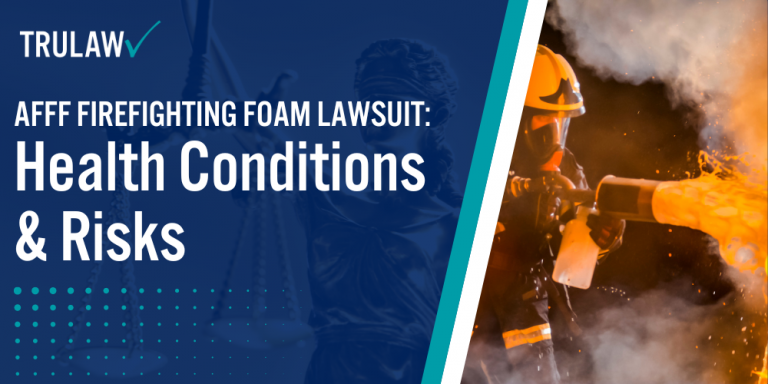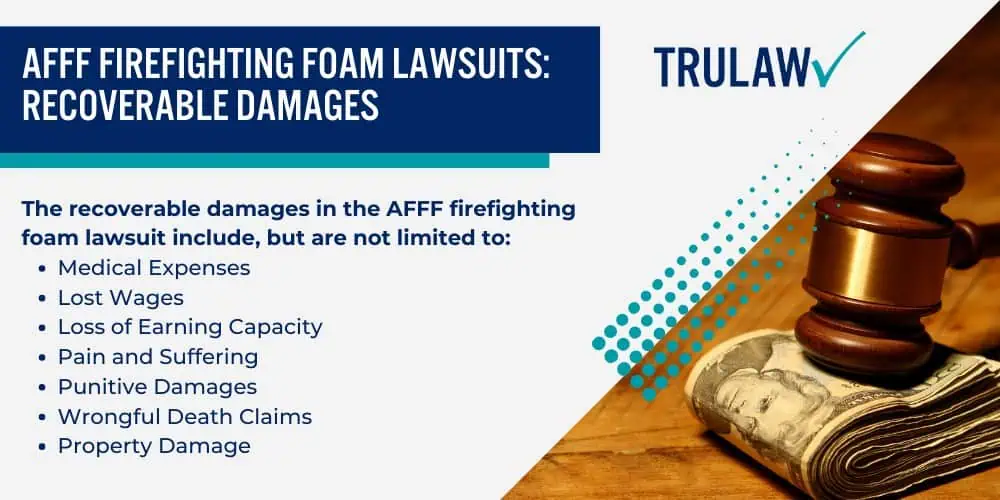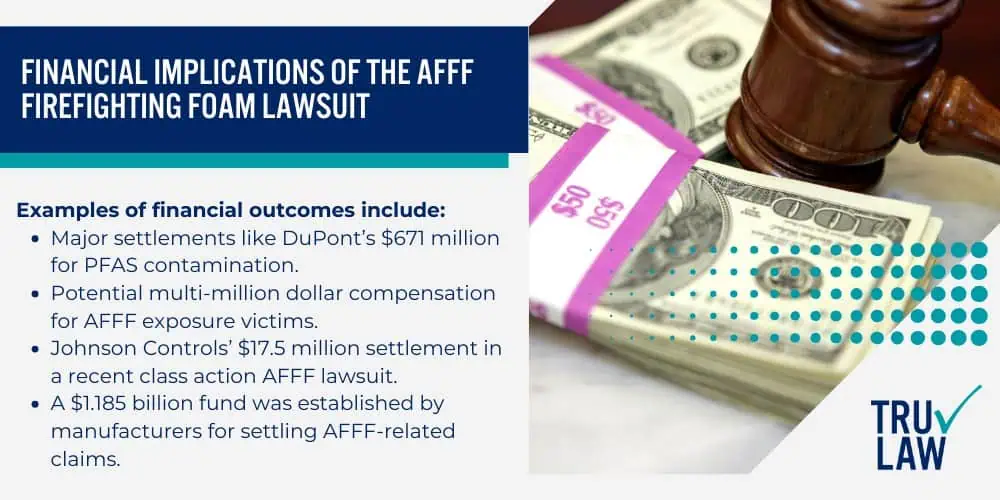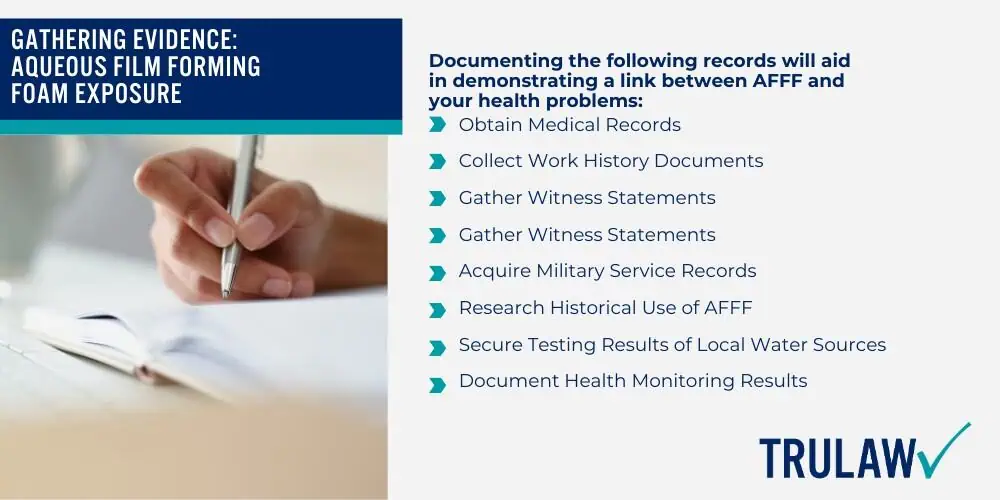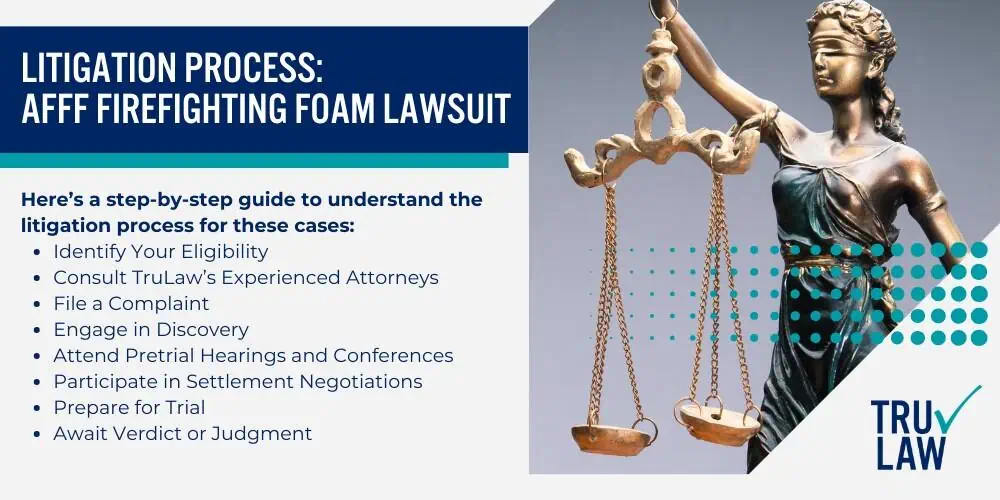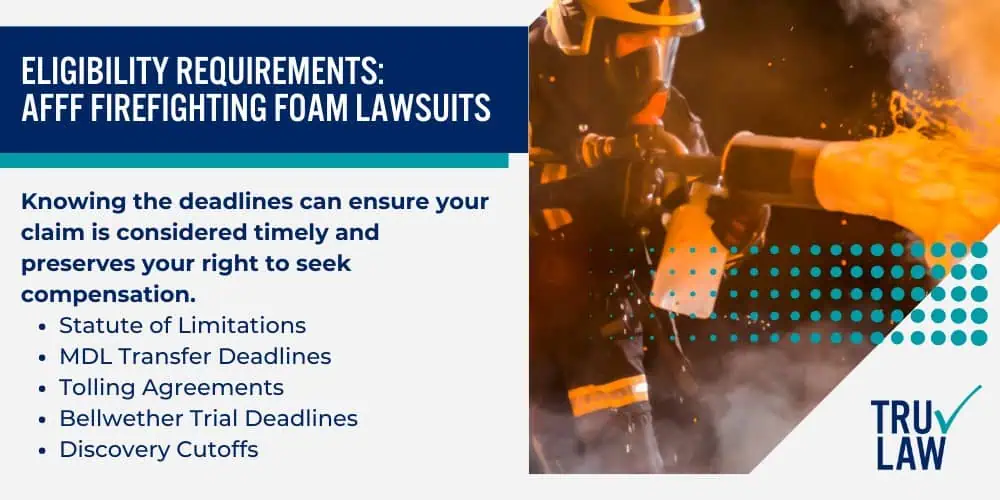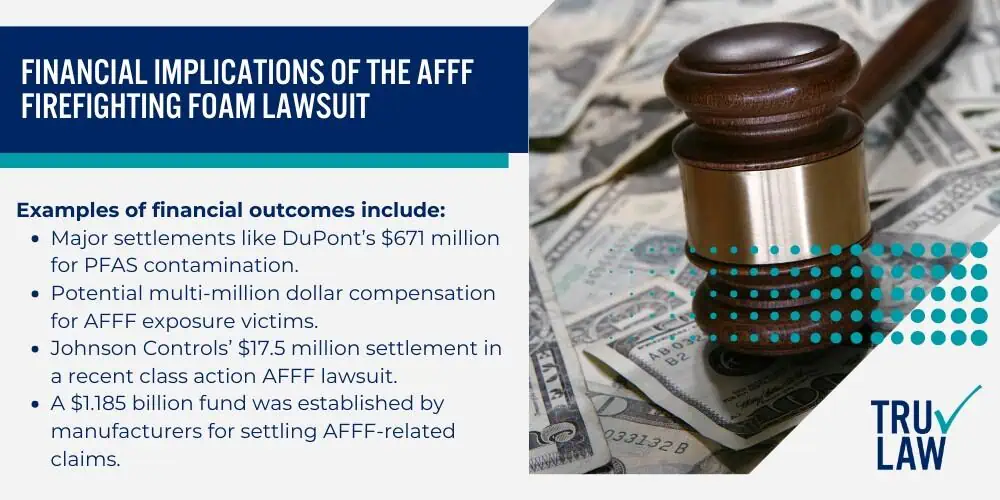Victims exposed to toxic AFFF firefighting foams often face serious health risks, including various types of cancer.
The mounting evidence and scientific studies that link AFFF exposure to illnesses such as kidney cancer, testicular cancer, and thyroid disease provide a strong basis for personal injury claims.
These lawsuits allege that manufacturers knew about the dangers of PFAS chemicals in their products but failed to warn the public or those most at risk like firefighters and military personnel.

State governments have also taken manufacturers to court over the contamination of municipal water supplies with these harmful substances.
Additionally, organizations like the International Association of Fire Fighters (IAFF) are fighting back through litigation by claiming that certain entities bear responsibility for exposing fire professionals to dangerous chemicals without adequate protection or warnings.
Rise of Cancer Cases Reported: AFFF Exposure
The number of cancer diagnoses linked to AFFF exposure is climbing, raising alarm and prompting legal action. Research points to AFFF, a toxic firefighting foam, as a potential cause of life-threatening conditions like prostate, kidney, and testicular cancer.
Victims have reported that after years of handling or being near AFFF during their duties extinguishing jet fuel fires or in other high-risk environments, they developed cancers they believe are directly related to this hazardous substance.
Manufacturers now face numerous lawsuits from individuals who claim these companies knew about the dangers for decades yet failed to inform the public or take steps to mitigate those risks.
With each lawsuit filed by firefighters, military personnel, and residents exposed to contaminated municipal water supplies, awareness grows about the devastating health impacts of AFFF exposure.
These cases form part of an MDL (multidistrict litigation) aimed at achieving justice for affected populations across the United States. Moving forward from this point brings us closer to understanding Non-Cancer Health Risks associated with AFFF Exposure.
Non-Cancer Health Risks: AFFF Exposure
While cancer risks have garnered significant attention, it’s essential to recognize that exposure to AFFF firefighting foam is linked to various non-cancer health issues as well. Discoveries in environmental and medical research indicate that the toxic chemicals known as PFAS found in AFFF are a cause for concern beyond their carcinogenic properties.
Individuals who come into contact with these substances may suffer from conditions such as liver damage, high cholesterol levels, thyroid disease, ulcerative colitis, and pregnancy-induced hypertension or preeclampsia.
Moreover, PFAS compounds have been associated with immune system impairments. Research suggests that such exposure can lead to reduced antibody responses to vaccines and increased rates of asthma and other respiratory issues.
Investigating the Impacts on Human Health: AFFF Exposure
Scientists and health experts are delving into how AFFF, with its toxic PFAS chemicals, affects our bodies. They have discovered that these substances can accumulate over time, potentially leading to a host of medical concerns.
With AFFF’s long-lasting presence in the environment, figuring out the full extent of its impact is a top priority. Experts are especially focused on understanding how exposure leads to various types of cancer and other serious illnesses.
Researchers continue to study the link between firefighting foam containing AFFF and harmful health outcomes. Their work helps shed light on why certain cancers may be more prevalent among individuals who’ve had contact with this foam.
These studies play a crucial role in supporting legal claims by providing concrete evidence of the dangers associated with AFFF use in firefighting activities.
